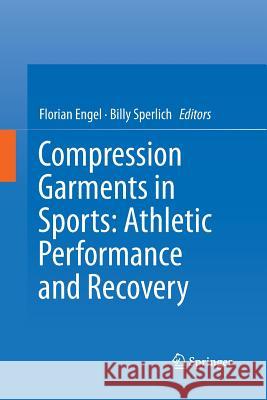Compression Garments in Sports: Athletic Performance and Recovery » książka
topmenu
Compression Garments in Sports: Athletic Performance and Recovery
ISBN-13: 9783319818962 / Angielski / Miękka / 2018 / 111 str.
Kategorie BISAC:
Wydawca:
Springer
Język:
Angielski
ISBN-13:
9783319818962
Rok wydania:
2018
Wydanie:
Softcover Repri
Ilość stron:
111
Waga:
0.18 kg
Wymiary:
23.39 x 15.6 x 0.64
Oprawa:
Miękka
Wolumenów:
01
Dodatkowe informacje:
Wydanie ilustrowane











